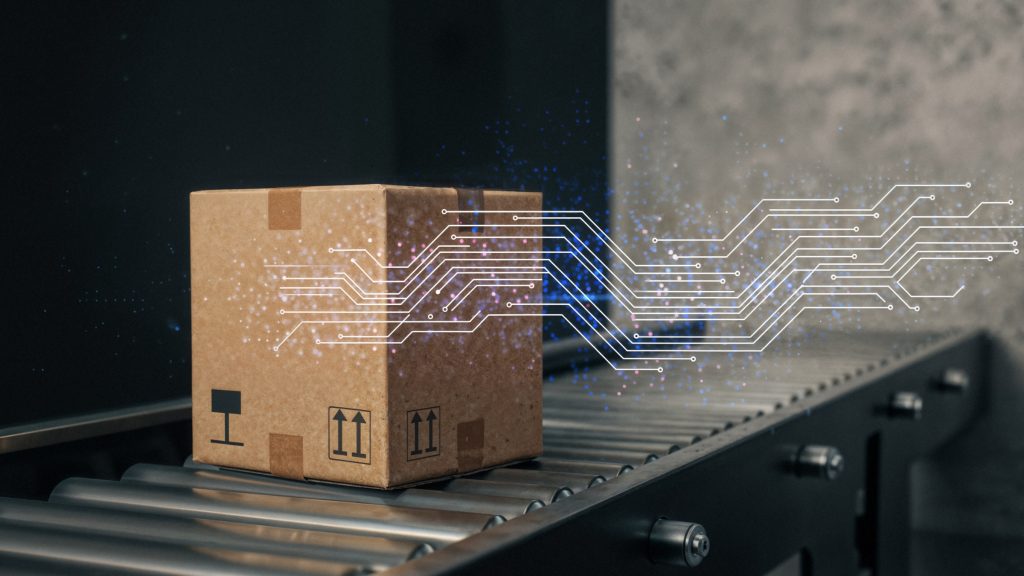
In 2025, AI in supply chain is reshaping the world’s agrifood industry with no robot future farm factories but disguised as beneficial technology that remedies real-world inefficiencies.
From farm gate to transportation, a generative AI supply chain emerges as a behind-the-scenes presence, taking food from fields to shelves. Unlike earlier waves of digital transformation, which often stalled due to fragmented systems and poor data usability, AI’s latest tools are unlocking value from messy, siloed data sources.
Today, companies no longer need full IT overhauls to gain insights. Large language models (LLMs) and retrieval-augmented generation (RAG) now help extract usable intelligence from existing information in real time.
How AI Can Make Supply Chains More Sustainable
Food and agriculture AI supply chain solutions choices have been based on gut feeling. Data from ERP systems and sensors would typically end up lost in emails or inactive dashboards. Those days are over. With the introduction of AI-powered analytics, planners, buyers, and logistics teams can now make faster and more intelligent choices, even without special technical knowledge.
AI is rapidly becoming a departmental core enabler within marketing, procurement, logistics, and sustainability departments. No-code and low-code AI in supply chain solutions suggest field teams can consume insights directly, minimizing reliance on specialist analysts and accelerating response times.
Simple use cases, like deploying chatbots to summarize procurement contracts or create sustainability reports, have worked. More advanced use case demand planning and supply chain anomaly detection are transitioning from pilots to implemented capabilities.
When implemented into operations, supply chain automation delivers tangible results.
“The impact becomes even harder to ignore,” the article quotes.
Stockouts can be predicted and avoided, with real-time delivery routes optimization, and supplier delays notification before schedules are disrupted. In warehouses, AI rationalizes picking and storing processes, while in manufacturing it prevents machinery breakdowns.
The millions of dollars in savings that accrue from efficient operation, reduced downtime, and better purchasing all add up. Most significantly, perhaps, AI in supply chain adds to resiliency for an increasingly climate-shocked, labor-challenged, and demand-fluctuating industry.
Inside Telecom provides you with an extensive list of content covering all aspects of the tech industry. Keep an eye on our Intelligent Tech sections to stay informed and up-to-date with our daily articles.